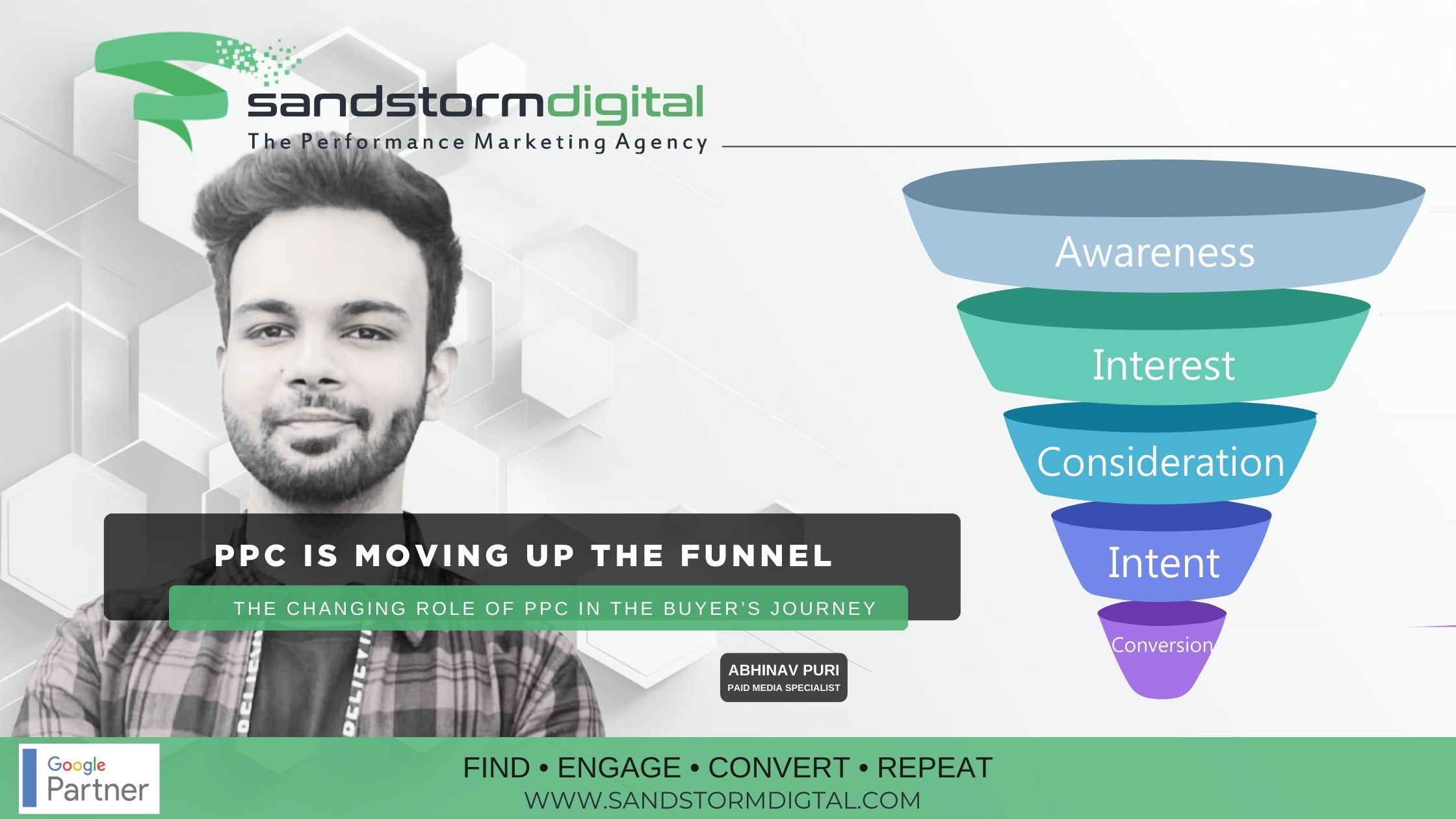You may be new to Google Ads, or you may have years of experience working with it. Either way, you’ve probably put in some thought into building a list of keywords likely to attract more clicks and gain you more conversions.
If you’re like many businesses, however, you probably haven’t spent nearly as much time building a list of negative keywords. They play a crucial role in your ability to maximize the return that you get on your investment. There is some research to show that about 50 percent of pay-per-click advertisers fail to specify a single negative keyword in their campaigns each month.
If you advertise on Google Ads, or on any other pay-per-click program, you need to familiarize yourself with negative keywords to begin saving money.
What are negative keywords?
You may already be aware that Google Ads charges pay-per-click advertisers through an auction-like system. Whatever keywords you’re interested in having your ads show for, you bid, along with other advertisers, for how much you’re willing to pay for each click by searchers. If your bid is good enough, your ads begin to show when people search for those keywords.
While you do want Google to display your ads for the right keywords, however, it’s important to understand that there is always the possibility that they will also show on searches with keywords that are not entirely relevant. When your ads show up on searches that are irrelevant, there are chances that people will click on them to see if they lead to relevant information, buy nothing, but cost you pay-per-click fees.
As an example, if your company sells physical desk calendars that people can buy to put on their desks or their kitchen counters, and you’ve bid on Google Ads for the keywords monthly calendar and calendar, you should understand that some of the time, your ads are likely to show for searches like computerdesktop calendar, as well. If people looking for a calendar to use as wallpaper on their computer desktops see an ad for your desk calendars, they may click on your ad, and cost you money even when there is no chance that they will actually buy your product.
How do you find negative keywords?
When you identify negative keywords, it’s possible to specifically instruct Google Ads to not show your ads for them. Doing this saves you money by making sure that there are as few unintentional or mistaken clicks on your ads, as possible. The trick is to identify all the irrelevant keywords that your ads could show up for, and to tell Google Ads to ignore them for you.
Finding negative keywords to exclude isn’t a natural part of the Google Ads advertising experience. The Google Ads Keyword Planner is designed to help you find keywords that you want your ads to show for because it’s what makes the company money.
It isn’t designed to let you find what keywords you don’t want your ads to show for. Nevertheless, it’s possible to use the Keyword Planner for this purpose. All you need to do is to search on the Keyword Planner for the keyword that you would like your ads to actually show up for, and look at the list to see what other related keywords there are. You can consider each one on a case-by-case basis, and add it to your negative keyword list if it seems irrelevant to your purpose. For instance, in this case, you could put the words free calendar and printable calendar on it.
Over time, you can refine your list of negative keywords by consulting your Google Search Terms Report. This report, that comes with your Google Ads account, shows you what kind of searches trigger clicks on your ads each day. If you find that people have clicked on your ads over the course of irrelevant searches, you could take the keywords used in those searches, and add them to your list of negative keywords.
How do you add the negative keywords that you find, to Google Ads?
Adding negative keywords to campaigns is easy. All you need to do is to sign in to your Google Ads account, click on the page menu, select Keywords, and click on Negative Keywords. Google Ads allows you to add a maximum of 5,000 negative keywords to any campaign.
It’s important to never launch a Google Ads pay-per-click campaign without putting effort into specifying negative keywords. Diligence in this area can help you save money, and make your campaign go further on the budget that you have.











